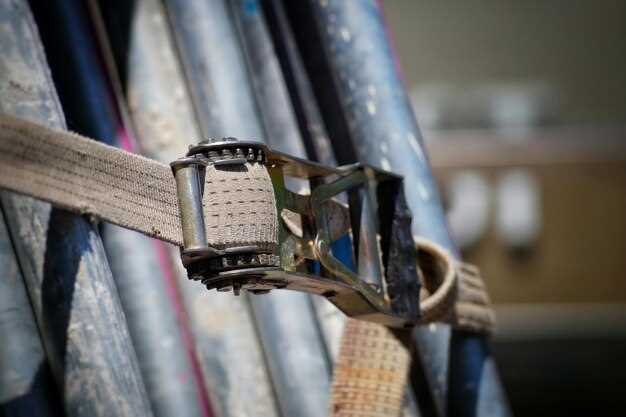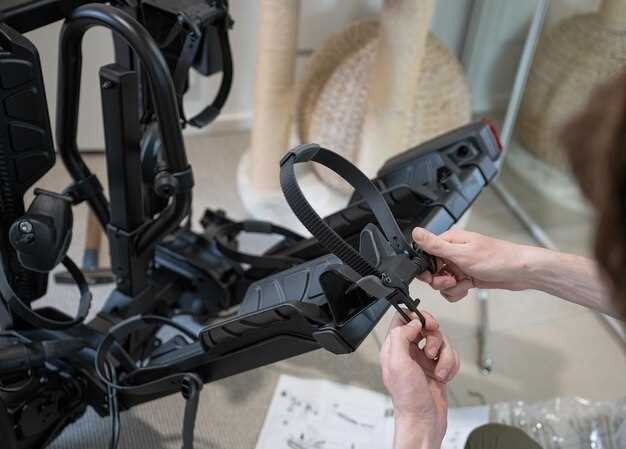
When it comes to motorsport, ensuring the highest level of safety is paramount. One of the critical components that contribute to a driver’s safety during a race is the harness. A reliable racing harness secures the driver within the cockpit, minimizing movement and maximizing protection in the event of an accident. Choosing the right harness not only enhances safety but also improves comfort, allowing drivers to focus on performance rather than worrying about their security.
The importance of pairing the appropriate harness with a proper seat cannot be overstated. A well-fitted harness system works in conjunction with the design of the seat to provide optimal support. It is crucial to consider factors such as the number of points in the harness system, adjustment features, and the materials used to ensure that they meet both safety standards and personal preferences. Understanding these aspects can help in making an informed decision, ultimately leading to a safer racing experience.
This guide aims to analyze various elements to consider when selecting a racing harness. From understanding the different types available to recognizing the importance of installation and maintenance, this resource will equip racers with the knowledge needed to prioritize safety without compromising on performance. Adopting the right harness can make a significant difference on the track, providing confidence and peace of mind to drivers who are pushing their limits.
Understanding Harness Types and Their Applications

When it comes to racing safety, selecting the right harness is critical. Harnesses are designed to secure the driver firmly in their seat, providing essential protection during high-speed maneuvers or collisions. There are several types of harnesses available, each with specific features suited for different racing applications.
The most common harness types include the five-point and six-point racing belts. A five-point harness features two shoulder straps, two lap belts, and a central strap that connects to the seat, ensuring maximum restraint. This configuration allows for optimal shoulder and hip support, which is vital in preventing injury during sudden stops or impacts. In professional racing environments, this type of harness is preferred due to its highly effective design.
Six-point harnesses are similar to five-point systems but include an additional strap that connects between the legs. This extra strap enhances stability and prevents the driver from sliding out of the seat during extreme conditions. Six-point belts are typically used in motorsports where the risk of rollover or excessive lateral forces is higher.
Another category includes the three-point harness, which consists of a single diagonal shoulder strap and two lap belts. While this type is commonly found in standard vehicles, it is generally not recommended for serious racing due to its less secure fit. However, some sanctioning bodies allow three-point harnesses in specific lower-tier racing events or for training purposes.
In addition to understanding harness types, it is crucial to consider their applications. While racing harnesses are essential for motorsports, they should be evaluated based on the type of vehicle, racing discipline, and personal comfort. Manufacturers often provide specific guidelines on the appropriate use of their products, such as whether a harness is suitable for track use, drag racing, or off-road driving.
Ultimately, selecting the right harness reinforces the overall safety of the driver. By understanding the differences in harness configurations and their respective applications, racers can make informed decisions that prioritize their protection on the track.
Key Features to Look for in a Racing Harness

When selecting a racing harness, it’s crucial to focus on several key features that ensure both safety and performance. The design of the harness should provide optimal restraint while accommodating the driver’s movements within the seat.
First, consider the number of points in the harness. A 5-point or 6-point harness is often recommended for racing, as these configurations offer superior stability. The additional belts help to distribute forces across the body more effectively during an impact.
Material quality is another important aspect. Look for harnesses made from high-strength nylon or polyester, as these materials can withstand significant loads while remaining lightweight. The stitching and reinforcement at stress points should be robust to enhance durability and reliability.
The buckle design also plays a pivotal role in safety. Specialty racing buckles, such as cam lock or latch-and-link systems, provide quick release and easy adjustments. Ensure the buckle mechanism is intuitive, allowing for rapid entry and exit from the seat when needed.
Adjustability is essential to accommodate various driver sizes and positions. A harness should feature multiple adjustment points to ensure a snug fit across different body types, preventing any excessive movement that could lead to injury during a race.
Finally, consider compatibility with your seat. Some harnesses come with specific mounting options to secure them effectively to different types of racing seats. Ensuring that the harness aligns correctly with the seat design is fundamental for achieving maximum safety and comfort on the track.
Proper Installation and Adjustment Techniques for Maximum Safety
Ensuring the safety of a racing harness involves meticulous installation and precise adjustment. The correct setup can significantly affect the effectiveness of the safety belts during an event. Begin by securing the seat to the vehicle’s framework. This forms the backbone of a stable setup. A firmly attached seat reduces movement during impacts and provides a solid base for the harness system.
Next, proceed with the installation of the racing harness itself. Follow the manufacturer’s instructions closely, as each harness may have distinct requirements. Typically, you should attach the shoulder belts to the vehicle’s roll cage or to designated anchor points provided in the seat. Ensure that the belts are threaded correctly through the appropriate loops. Strongly avoid routing them over sharp edges which can cause wear and potential failure.
Once installed, it is crucial to adjust the belts for a snug fit. For maximum safety, the shoulder belts should lie flat against the body without any twists. They should be positioned across the upper torso at an angle that minimizes the risk of the occupant sliding under the belts in the event of an accident. The lap belts need to be tight across the hips, below the pelvic bone, to ensure they secure the occupant firmly in place.
After adjustment, conduct a thorough check of all connections and appointees. Ensure that no slack exists in the belts and verify that the hardware is tightly secured. It is advisable to perform a routine inspection before every race to ascertain that the integrity of the harness remains intact. Remember that the effectiveness of safety belts directly correlates with their installation and adjustment. Regular maintenance is essential to guarantee their reliability during high-stress situations on the track.



